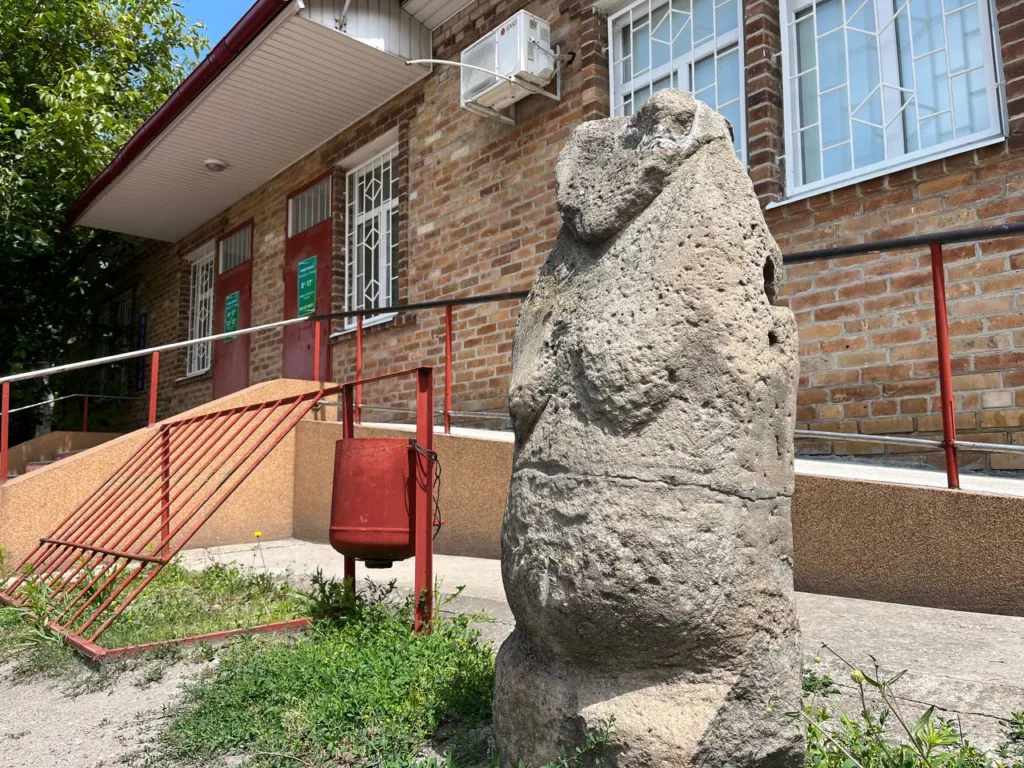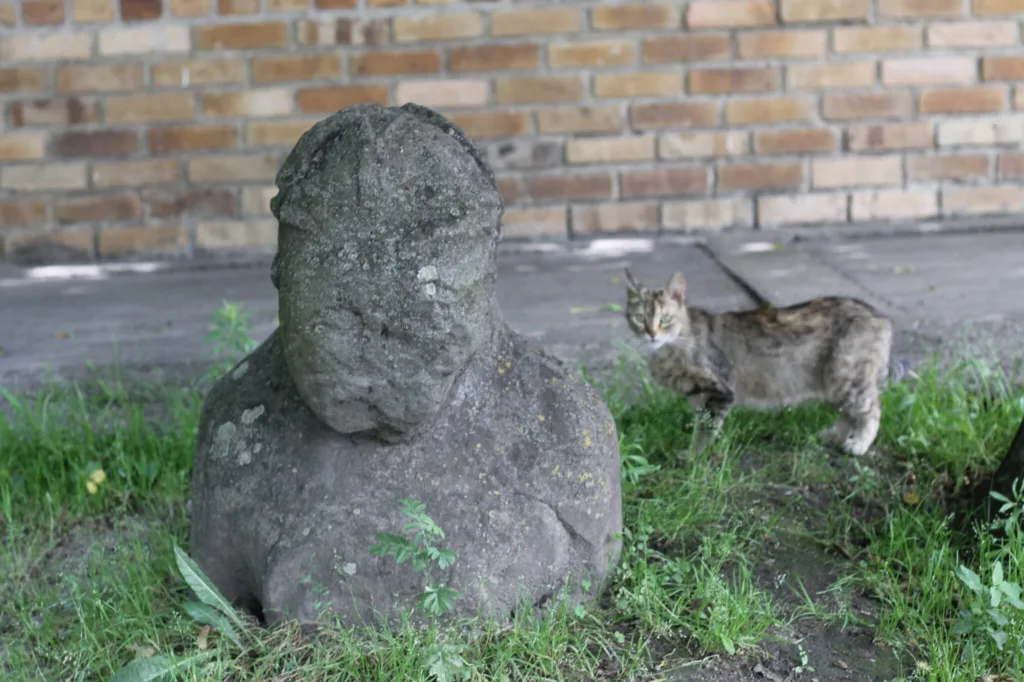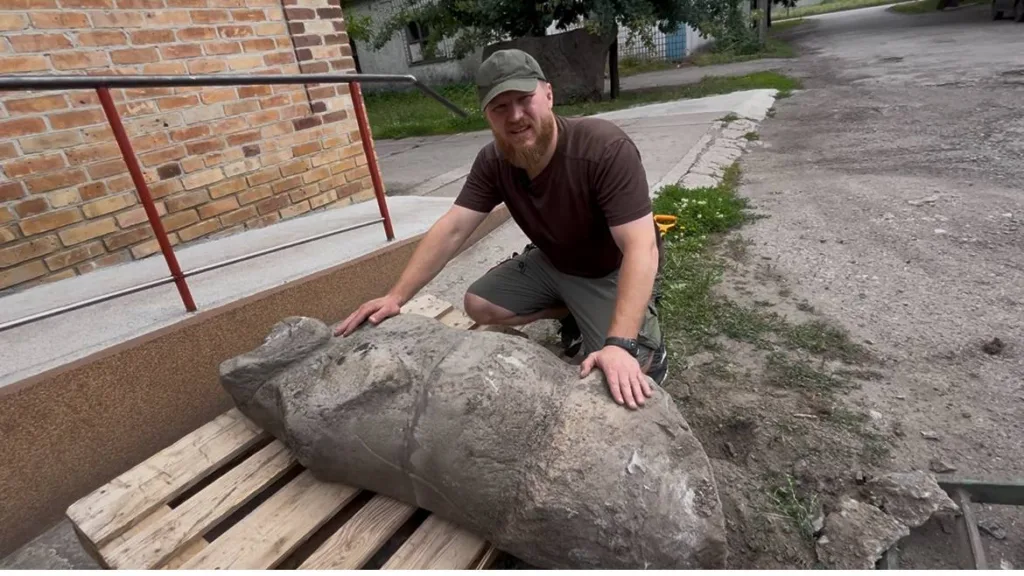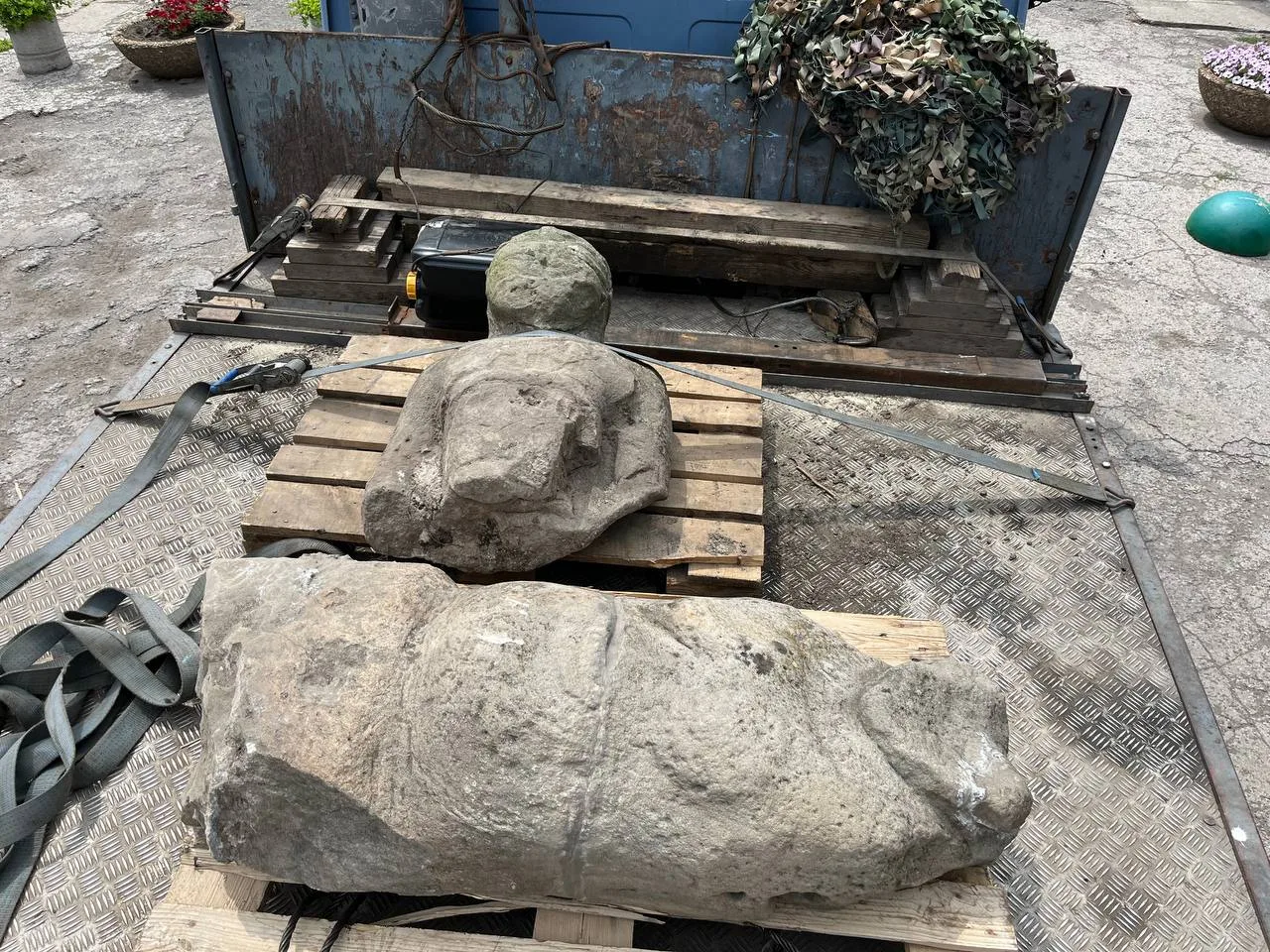Three Polovtsian stone statues from the 11th–13th centuries were evacuated from the Mezhivska and Slovianska communities in Dnipropetrovsk region. They were transported to the Dnipro National Historical Museum named after Yavornytsky, which houses one of the largest collections of such artefacts in Europe. Similar operations to rescue monuments have already been carried out in Donetsk region.
According to museum staff, Polovtsian ‘babas’ are not just stone sculptures, but monuments that embody the culture and worldview of nomadic peoples, in particular the Polovtsians (Kumans), who played a role in the historical formation of Ukrainian identity. Male statues often depict warriors with weapons, while female statues are depicted in exquisite clothing and jewellery similar to Ukrainian styles. Despite the popular name ‘baba,’ the term comes from the Turkic language and means ‘ancestor.’
Read also: UNESCO strengthens protection of cultural sites in Ukraine
Among the evacuated exhibits are a male sculpture of a warrior with a helmet and braids, probably from the 12th-13th centuries, and a female figure from the Mezhiv community, dated to the 11th century. Another statue was donated by the Sloviansk community. They were restored by the Verchik family and rescued by volunteers and military personnel, including fighters from the Wolves of Da Vinci battalion and the Third Assault Brigade.
The evacuation took place under combat conditions — under shelling, near the front line. Complex logistical operations were carried out using trucks with manipulators. Some of the monuments weighed over a tonne. Volunteers played an important role in the rescue, in particular Polish citizen Olga Solyar and soldier Dmytro Romanchuk.



Historian Yurii Fanygin emphasises that these artefacts require professional storage conditions, as they are made of fragile sandstone. At the same time, he says, the preservation of such objects is not only about cultural heritage, but also about protecting identity. According to the scientist, the enemy is deliberately destroying Ukrainian historical monuments.
The museum emphasises that the search for Polovtsian sculptures continues, although many of them still remain in the temporarily occupied territories. Experts hope that in the future, the rescued statues will be able to return to their regions, but for now they will be kept in a safe place.
Read also: Russia has stolen at least 164 archaeological objects from occupied Crimea



